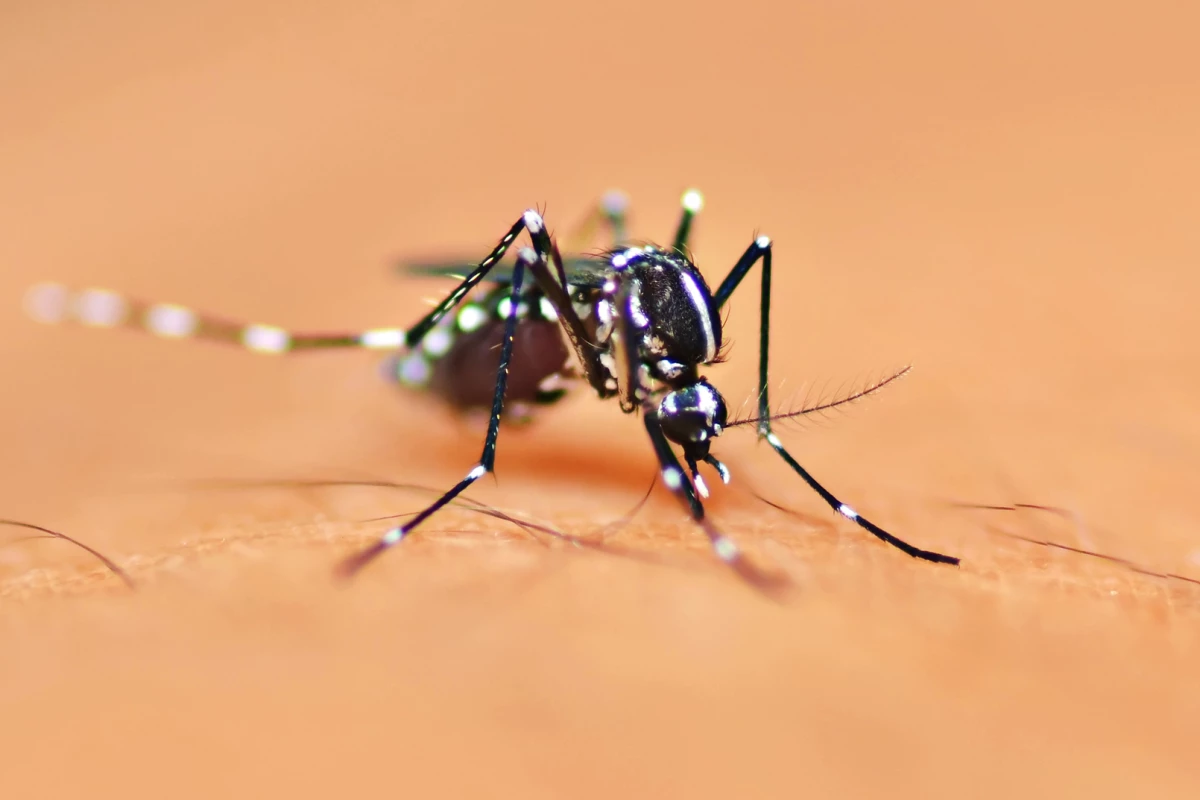Venezuelan equine encephalitis virus (VEEV) is a mosquito-borne virus that, in the worst case scenario, can infect the brain and become deadly. It’s notoriously difficult to treat, but now scientists have discovered the protein it latches onto – and used it to create a decoy molecule that draws the virus away from the brain.
Originating in horses, VEEV has been known to spread to humans through mosquito bites. Patients usually experience symptoms like high fevers and headaches, but in the most severe cases it can cross the blood-brain barrier and cause encephalitis. At that point it becomes potentially fatal in around a quarter of patients.
Outbreaks of VEEV have been reported in Central and South America since 1938, but being a mosquito-borne disease, it’s likely that they may become more widespread as the planet warms up. New drugs and treatments will be needed to keep a lid on it.
“This virus can infect many species of wild mammals, and every few years it jumps from animals to humans via mosquitoes and causes thousands of infections and many deaths,” says Michael S. Diamond, senior author of the new study. “There’s concern that with global warming and population growth, we’ll get more outbreaks.”
Normally, viruses are known to latch onto a specific protein on the surface of cells, and get inside that way. So for the study, researchers at Washington University School of Medicine in St. Louis set out to first identify the protein VEEV targets.
Using a modified version of the virus that’s infectious but doesn’t cause disease, the team screened for the key protein. They used the CRISPR gene-editing tool to systematically knock out genes in cultured mouse neurons, until they found a batch that VEEV was unable to infect.
The missing gene coded for a protein called Ldlrad3, and the team verified its importance by adding the gene back – sure enough, the virus was able to take hold once again. Follow-up tests in human cells lacking the human version of the gene showed that the same process works in us as well.
With a target in their sights, the researchers then started work on a way to fight back. The mechanism is quite clever – they used a piece of the protein to create a “decoy handle.” Some of the viruses would naturally cling to that instead of neurons, leaving them vulnerable to the immune system.
To test it out, the team injected groups of mice with VEEV, either through the skin like a mosquito bite or directly into the brain, then treated them with either the decoy handle or a placebo. The treatments were given either six hours before or 24 hours after the infection.
The results were fairly stark. Every single mouse that received the placebo died in under a week, while almost all of those that received the decoy survived. The only exceptions were two of the 10 mice in the group that received the brain injection of the virus.
The team says that the ultimate goal is to develop a drug using the decoy molecule as a way to slow the spread of VEEV during outbreaks. That said, it’s still very early days for the research, and much more testing needs to be conducted before eventual human studies can take place – where, of course, there’s no guarantee that the same results will be seen.
The research was published in the journal Nature.




